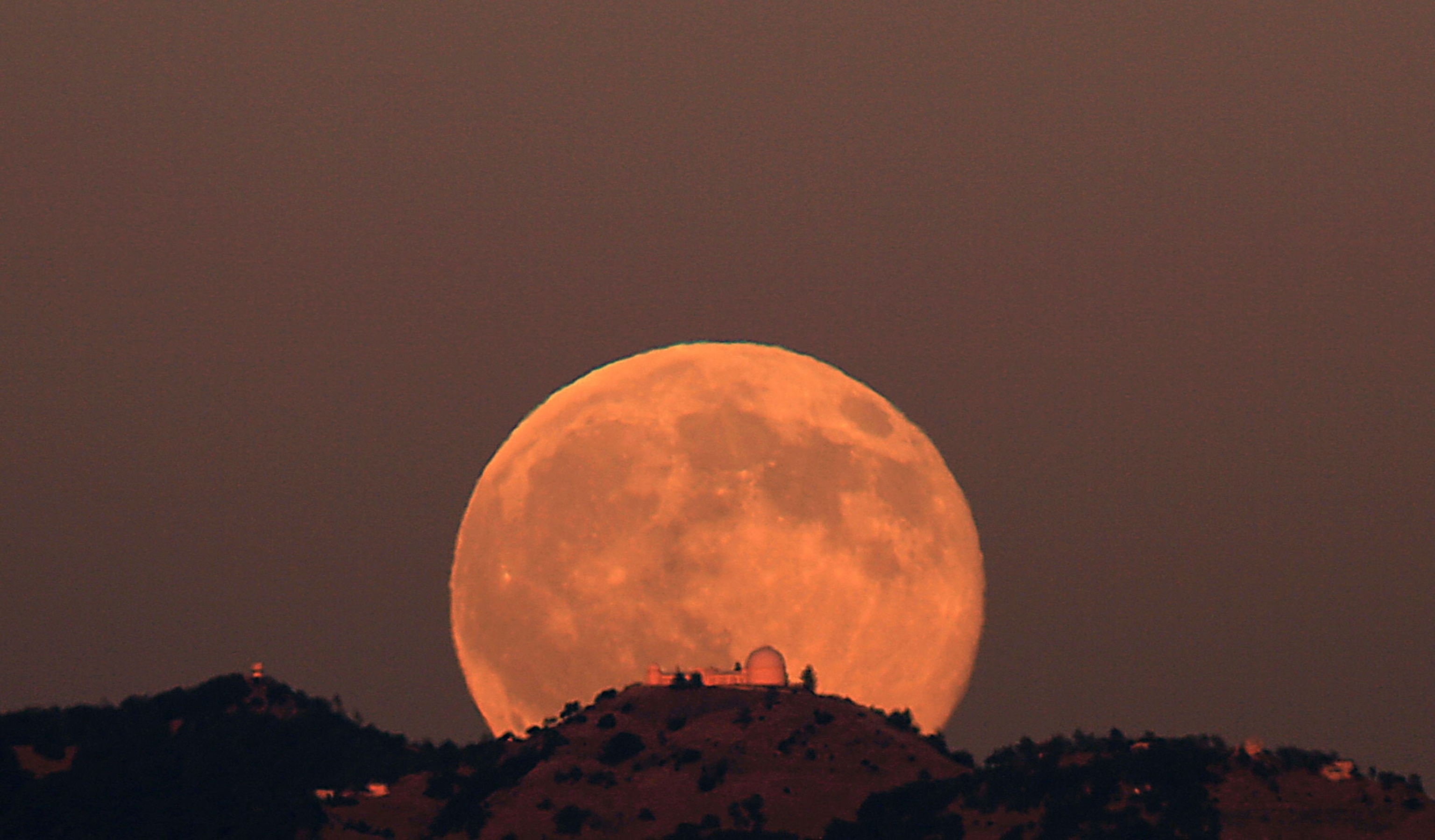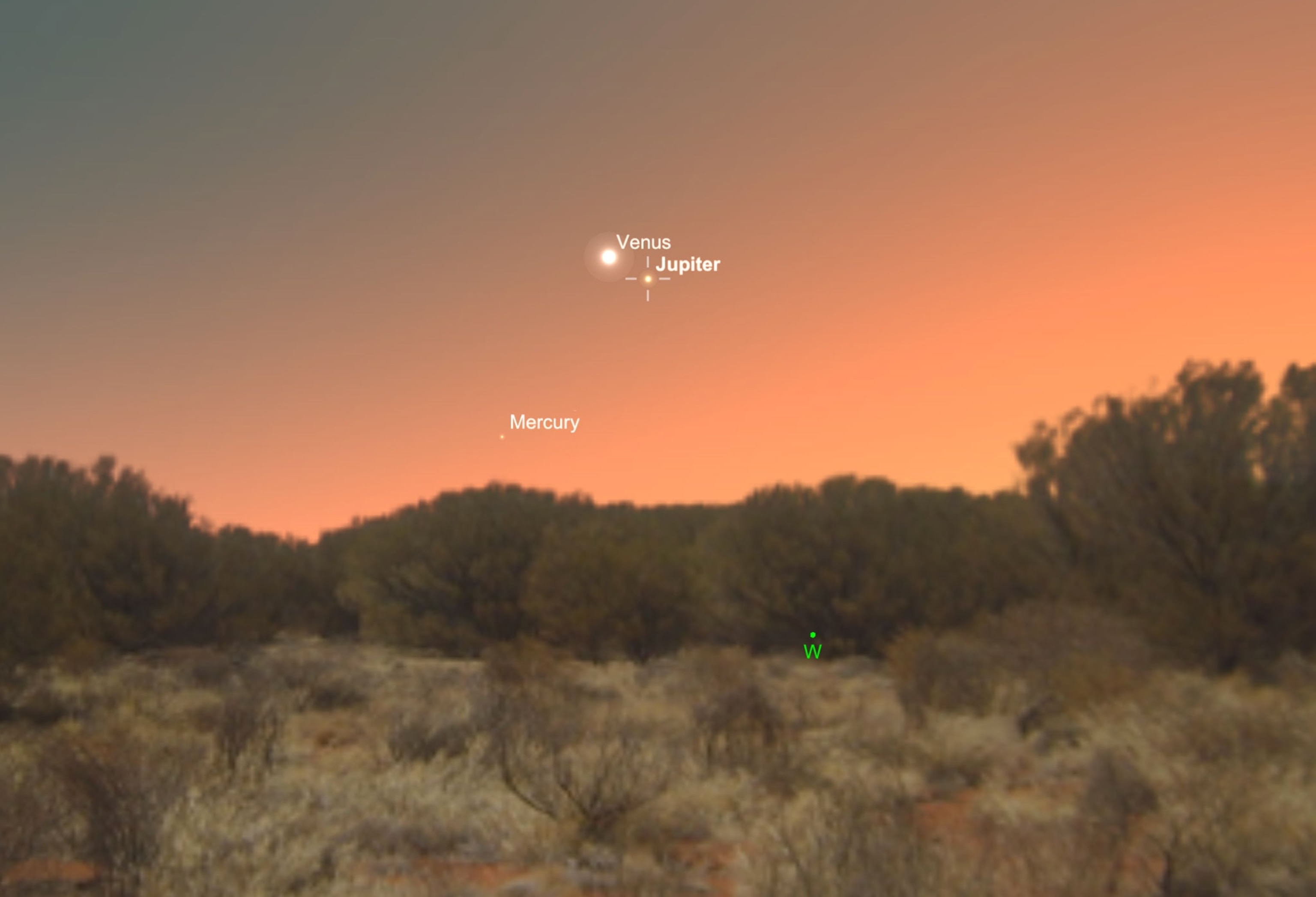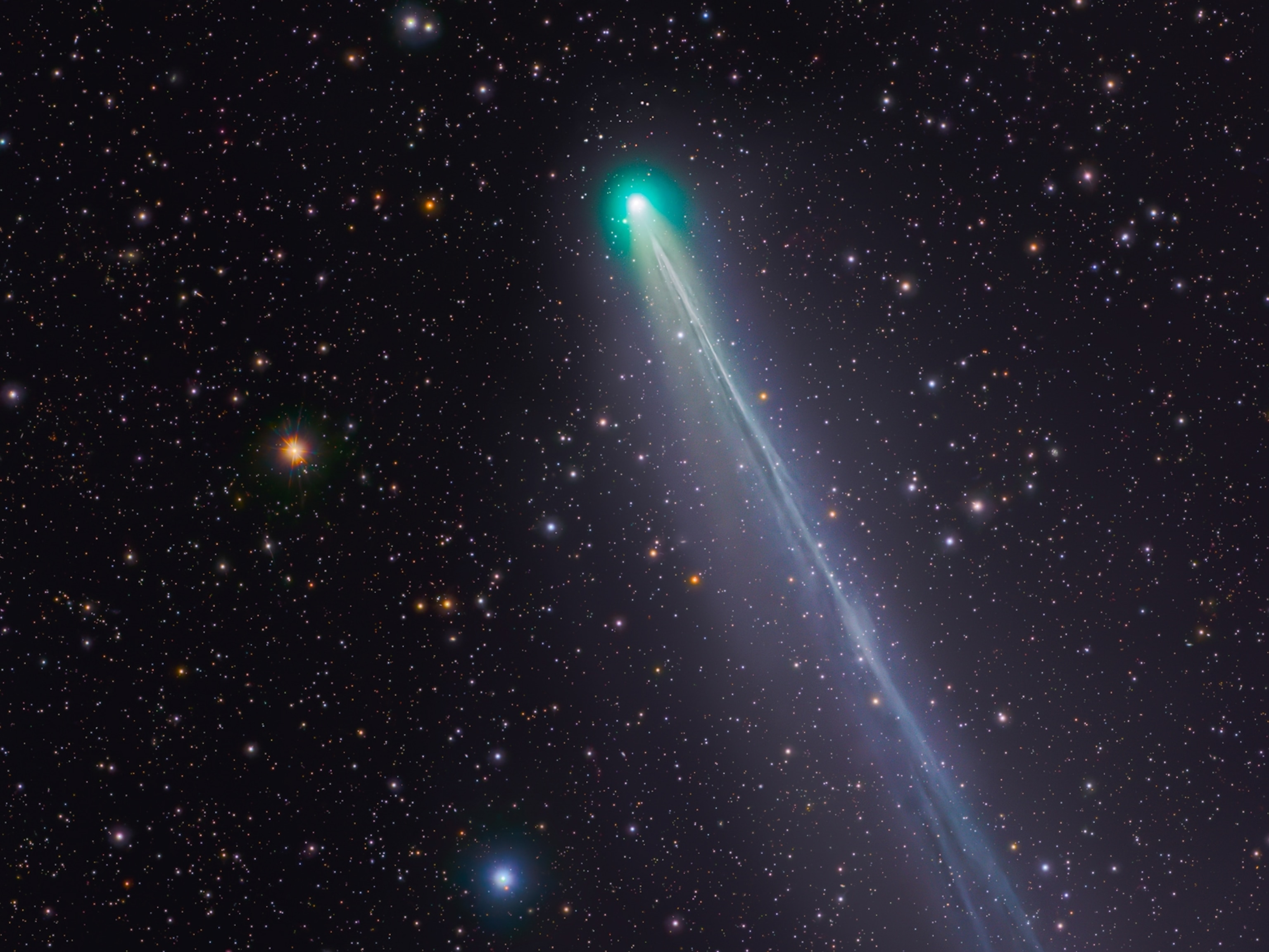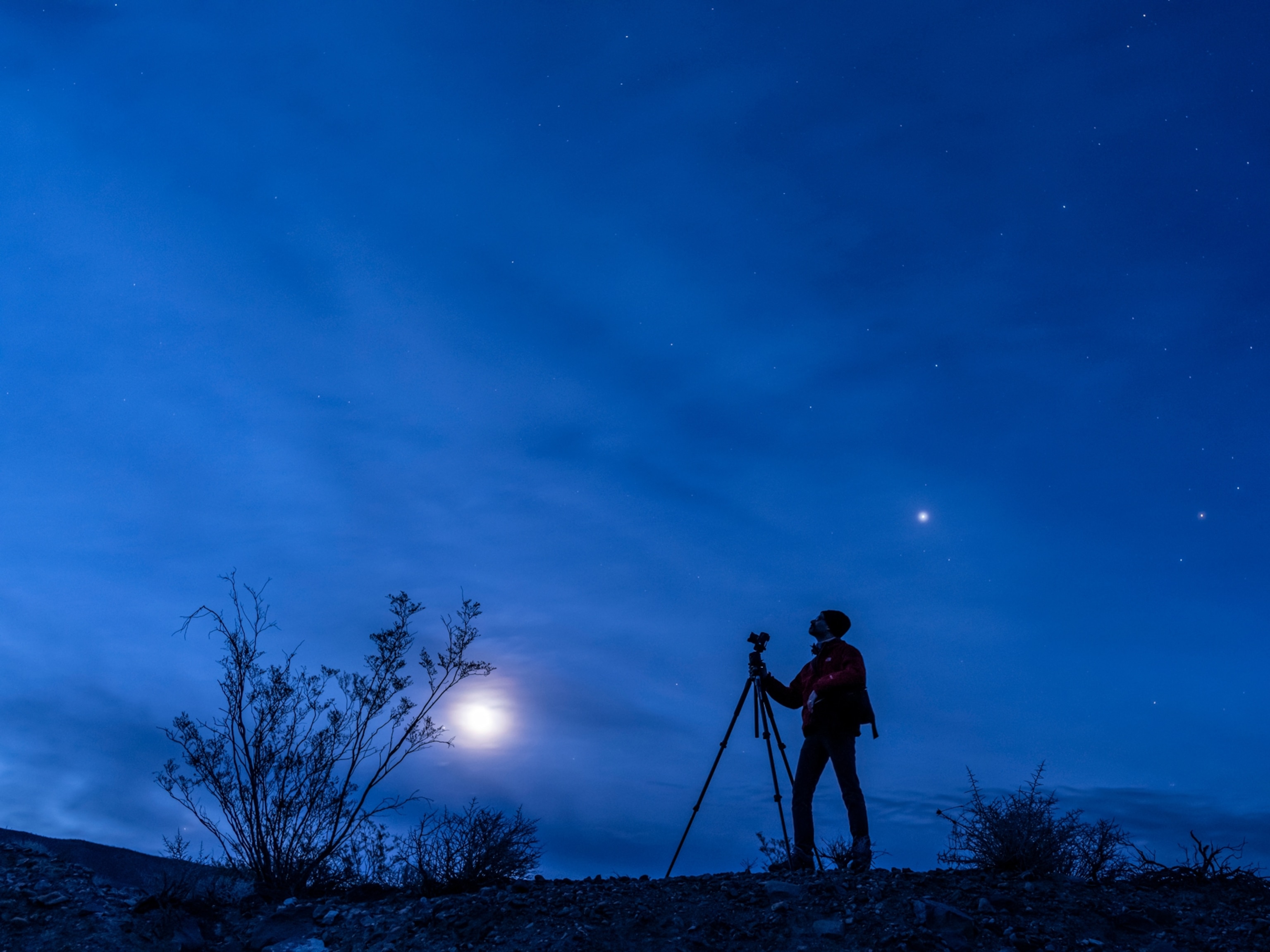
See the First Solstice Full Moon in More Than 50 Years
Also, get our tips for the best sky shows coming up this season.
Look up at the moon on June 20, and you may be witnessing something that has not been seen in decades. That night, depending on your local time zone, the full moon will rise on the same day as the June solstice for the first time since 1948.
For people in the Northern Hemisphere, the June solstice marks the point when Earth’s northern axis is tipped toward the sun, giving us the longest days and shortest nights of the year. At the same time, Earth’s southern axis points away from the sun, signaling the start of the winter season, with shorter days and longer nights.
This year, the June solstice officially kicks off at 6:34 p.m. ET (22:34 UT), the precise time when the sun attains its northernmost position in our sky.
Also this year, the June full moon, sometimes called the strawberry moon, will be rising in the east just after the sun sets in the west, flooding our surroundings with lunar light throughout the overnight period.
This year, the moon enters its full phase at 7:02 a.m. ET (11:02 UT) on June 20, so the two events are separated by about 12 hours. The last time the solstice and the full moon were about 12 hours apart was back in 1986.
The solstice and the full moon were separated by just a few hours but were on different days for some time zones in 1967. We have to go back much further for the last time that both events were aligned nearly simultaneously: They were less than an hour apart on June 21, 1948.
With the start of northern summer and southern winter, here are the top skywatching events in store this coming season:

July 28-29: Delta Aquarid Meteor Shower
The Delta Aquarids will be peaking during the early morning hours of July 28 and 29, with up to 20 meteors an hour visible from dark locations. Despite this year’s waning moon dampening the show a bit, skywatchers can still expect to see plenty of shooting stars.
July 29: Aldebaran Occultation
The brilliant orange star Aldebaran, the “eye” of Taurus, will be eclipsed by the waning gibbous moon in an event astronomers call an occultation. This disappearing act will be visible throughout Central America, eastern North America, southern Europe, and North Africa. The occultation will happen in the dawn twilight when the moon will be low in the east-northeast sky.
August 12-13: Perseid Meteor Shower
The main skywatching event during northern summer is the Perseid meteor shower. With moonless overnight hours during the shower’s peak, dozens of shooting stars an hour are expected to be visible across much of the northern half of the globe.

August 16: Mercury at Greatest Eastern Elongation
After making headlines with its transit of the sun back in May, Mercury will be putting on its next best show for skywatchers this year around mid-August. On August 16, the innermost planet will reach its maximum distance from the sun, taking it farther out of the solar glare and making it easier to spot with the naked eye.
August 27: Venus and Jupiter Conjunction
Look toward the western sky for the two brightest neighboring planets, Venus and Jupiter, in a spectacularly close encounter visible with the naked eye. The two star-like objects will almost appear to be touching, even though they are actually separated by hundreds of millions of miles.
September 1: Annular Solar Eclipse
Lucky observers in parts of Africa will be treated to an annular solar eclipse, also known also as a ring of fire. This occurs when the moon is farther away from Earth, so it does not cover the entire disk of the sun during the eclipse.
September 2: Neptune at Opposition
Catching sight of far-off Neptune, the eighth planet in our solar system, is normally challenging. But in September it will be at its biggest and brightest in our skies, offering the best opportunity of the year to hunt it down with a telescope.
September 16: Penumbral Lunar Eclipse
On this day, Earth’s moon will appear to enter our planet’s outer shadow cone, distinctively darkening the lunar landscape. While North Americans will miss out, this special celestial event will grace the skies across most of the rest of the world.
Clear skies!
Andrew Fazekas, the Night Sky Guy, is the author of Star Trek: The Official Guide to Our Universe. Follow him on Twitter, Facebook, and his website.
Have questions about the solstice and viewing the moon and night sky? Andrew Fazekas will be on Facebook for a live discussion at 3 p.m. ET on June 20.





